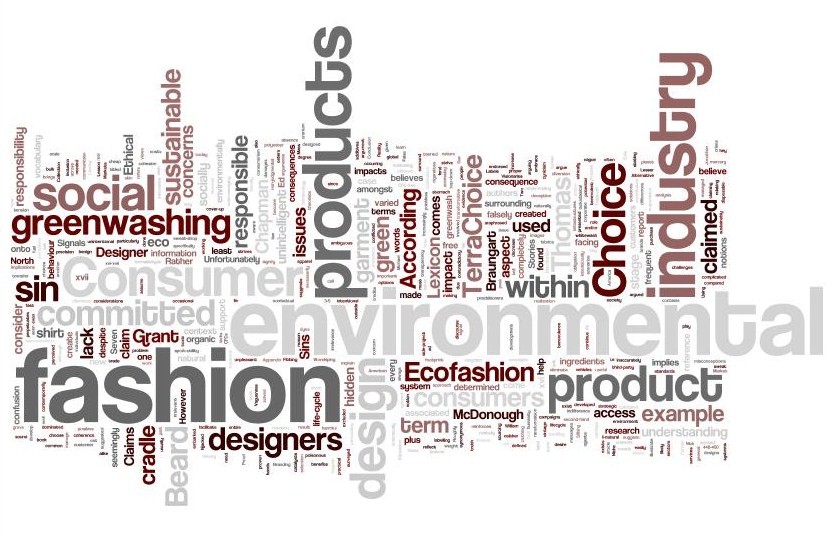Title: AATCC Global Conference & Exhibition: Emerging Trends in Textile Processing for a Sustainable Future
Location: Mumbai
Link out: Click here
This years AATCC Global Conference & Exhibition will be held at The Bombay Textile research Association (BTRA) in Mumbai. The theme will be “Emerging Trends in Textile Processing for a Sustainable Future,” with breakout sessions focused on “color, dyeing, finishing and printing, plasma technology, sustainable development, biotechnology n textiles, and eco-friendly aspects of textile & garment production.” (AATCC)
Here is the list of the presentations confirmed so far:
Using Color Measurement & Communication Tools Effectively – Ann Laidlaw, X-Rite Inc.
Emerging Trends in Textile Processing for a Sustainable Future – V.R. Kanetkar, Institute of Chemical Technology
Technologies for Sustainable Dyeing of Cotton – R. Michael Tyndall, Cotton Incorporated
Dyeing Synthetics: Problems We Have Solved and Problems that Remain – Martin Bide, University of Rhode Island
Nanotechnology and Nano-finishes for Textiles – Prabodh Chobe, BASF India
Digital Textile Printing: The Greener Footprint for Modern, Colorful Fabrics – Frank Berninger, DyStar GmbH & Co. Deutschland KG
High Value Textiles via Atmospheric Pressure Plasma Finishing – Peter Hauser, North Carolina State University
Plasma Application in the Textile Industry – Chiara Pavan, GRINP Europe
Understanding the Impact of Environmental Legislation on Sustainable Textile Development – Dr. Wakankar, Clariant Chemicals Chemicals India Limited
Testing for Antimicrobial Properties: Scientific Evaluations, Claims Validation, Plant Application Qualification and QC Testing – W. Curtis White, AEGIS Environments
Bio-solutions to Improve Sustainability – Han Kuilderd, Novozymes
Clean Development Mechanism (CDM) and Carbon Credits in the Textile Industry – Prasad Jakkaraju, TUV Nord
Green Flame Retardant Cotton Highlofts for Mattresses and Upholstered Furniture – D.V. Parikh, USDA-ARS-SRRC
**Networking reception, evening of the 28th
**Two-day exhibition: 29th and 30th
Questions? Contact: Peggy Pickett at pickettp@aatcc.org or +1 919 549 3533.
Start Date: 2010-01-28
End Date: 2010-01-30
Source: AATCC
 This lesson introduces the following concepts: consumer choice, designer choice, the ‘Ecofashion Lexicon,’ greenwashing, unintelligent design, and cradle to cradle design theory. For more information on these issues, please visit the ‘Works Cited’ page at the end of the lesson.
This lesson introduces the following concepts: consumer choice, designer choice, the ‘Ecofashion Lexicon,’ greenwashing, unintelligent design, and cradle to cradle design theory. For more information on these issues, please visit the ‘Works Cited’ page at the end of the lesson.







